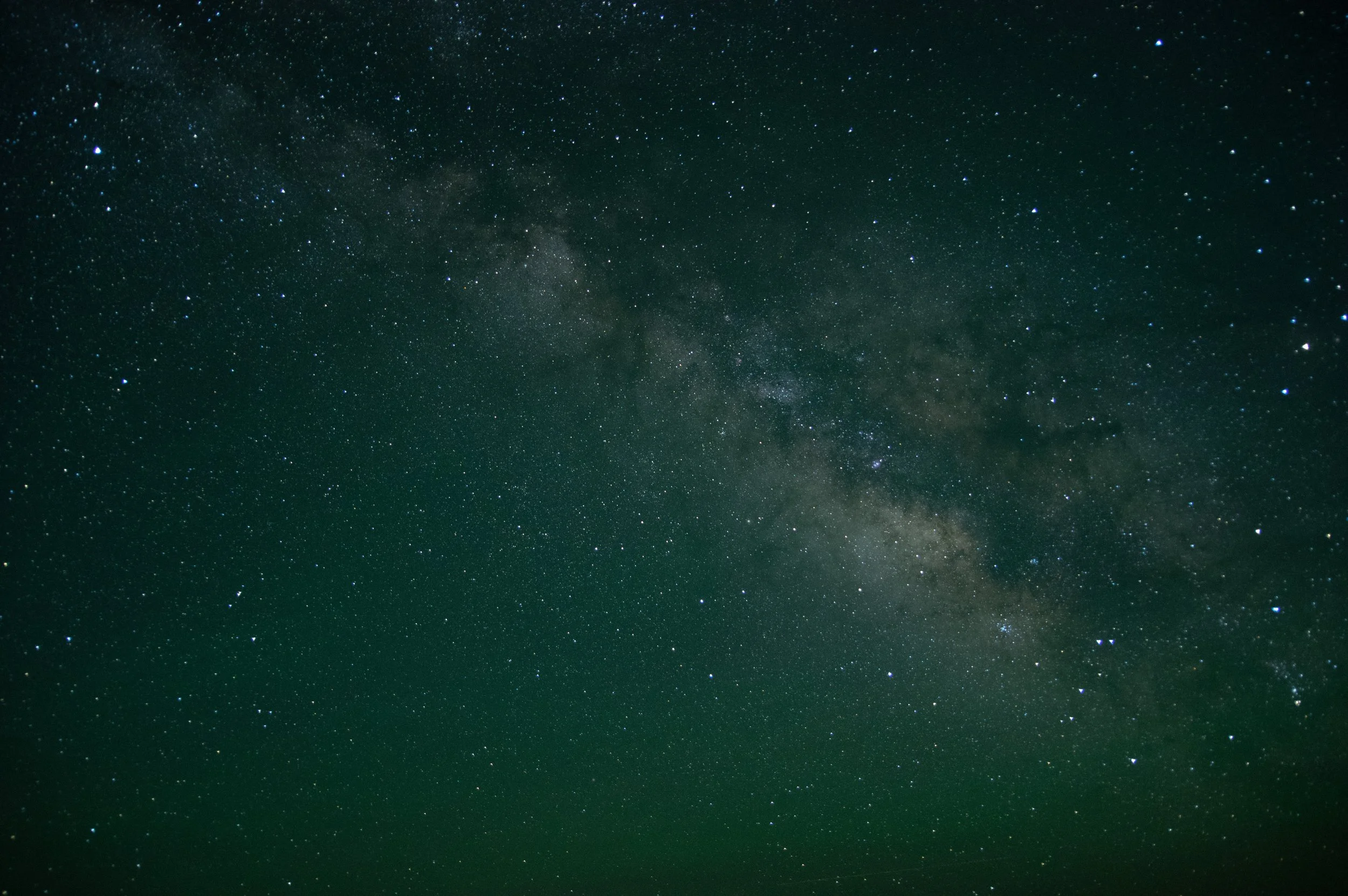How to use stacking SW to create a higher quality Milky Way picture
At Bryce Canyon NP, I had taken 9 shots in a row. Each shot with the Pentax K-3 II camera (with the Astrotracer feature) had an exposure time of 80 seconds. Below is one of the original shots taken.
One of the 9 raw shots taken.
I put each of the 9 raw shots thru Photoshop to play with the exposure/contrast/whites/blacks to make the Milky Way pop. Below is one of the shots after going thru Photoshop.
One of the 9 shots after going thru Photoshop.
Next the nine pictures from the Photoshop enhancement were input to the stacking SW called Sequator. This tool had many features to improve the quality of the final picture.
The first feature is it allows you to define a lower portion of the pictures as landscape and not do any operations on this area. The tool uses one of the input pictures for this landscape area in the final picture.
Besides stacking (aligning) the stars from the input pictures, there are many other enhancements available to try such as: Dynamic Range/Enhance Star Light/Reduce Light Pollution/…
After playing with these options, the final picture is seen below.


